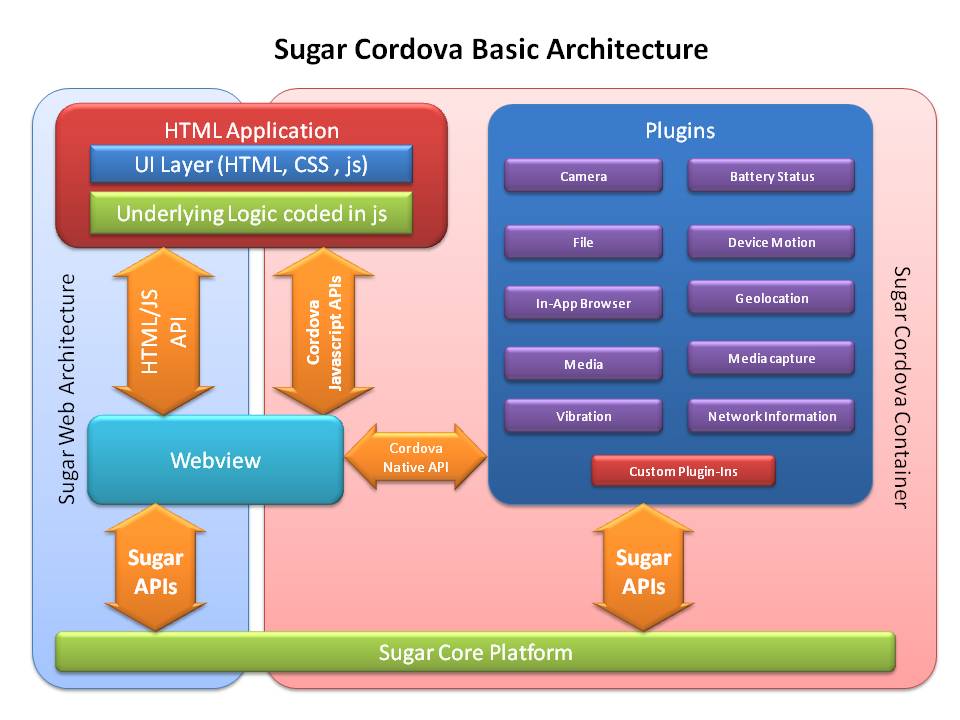Sorry people, been a long time since the previous post. The reason being I was busy coding up the plugins and things, so never got much time to concentrate on posting side. Never mind, we are back with a whole wrap up post for all of you. Also made videos to demonstrate the concept.Hope you find it interesting.
Its been months of hard work and thought process. Days full with coding and exploring things in and out. Must say it has been a great experience working for Sugarlabs as a part of Google Summer of Code. My mentor , Lionel Laské , has a great share to that, he has been very supportive in all the adventures and trusted upon me which infact boost my motivation to work for the project. I have seen mentors forcing their students to accept their methodology and do the way they want , but the best thing I liked about this was the exploration part, where we were free to dive into the different parts of code, swim through them till we got our treasure ;-) During this exploration we faced many issues, but thanks to the support of Gonzalo and Walter who used to help us whenever we required.I use to trouble Gonzalo a lot when it came to the native part of plugins, asking him how that could be done or why it didnt work as expected. Thanks Gonzalo for your support and time without which I guess the project wouldn't have been where it is.
Things still remain, but I hope to work on it after gsoc too :-) gsoc has been just a medium to be introduced to such a lovely community and I would like to thank Google for that , for introducing such a wonderful programme which brings together the developers and students to make some magic ;-)
Talking about the project progress - it is through with the cli part and plugins like - accelerometer, camera, dialog,device, globalization and network. We hope to develop more and improve upon those which we already have. Also we aim to club this with sugarizer. I had decided to make some videos during mid of August showing the working but the week which I kept for making videos , suddenly my system crashed ( because of update from ubuntu 12.04 to 14.04) so instead of making videos, I had to debug it and bring it back to the working state.Now its up and working :-) (thankfully ! ) I made a few videos to give you all an idea of what we have tried to achieve. Please go through these ( Make sure to switch on the subtitles if not already ):
Making a sugar activity from web app using cordovoa
Demo of the plugins coded through the summer
Hope you find the video useful,Here is the repo link which you would require incase you decide to play around with the code https://github.com/
Also as the project is not completed we would be up on it and pushing more changes , so keep around ;-)



